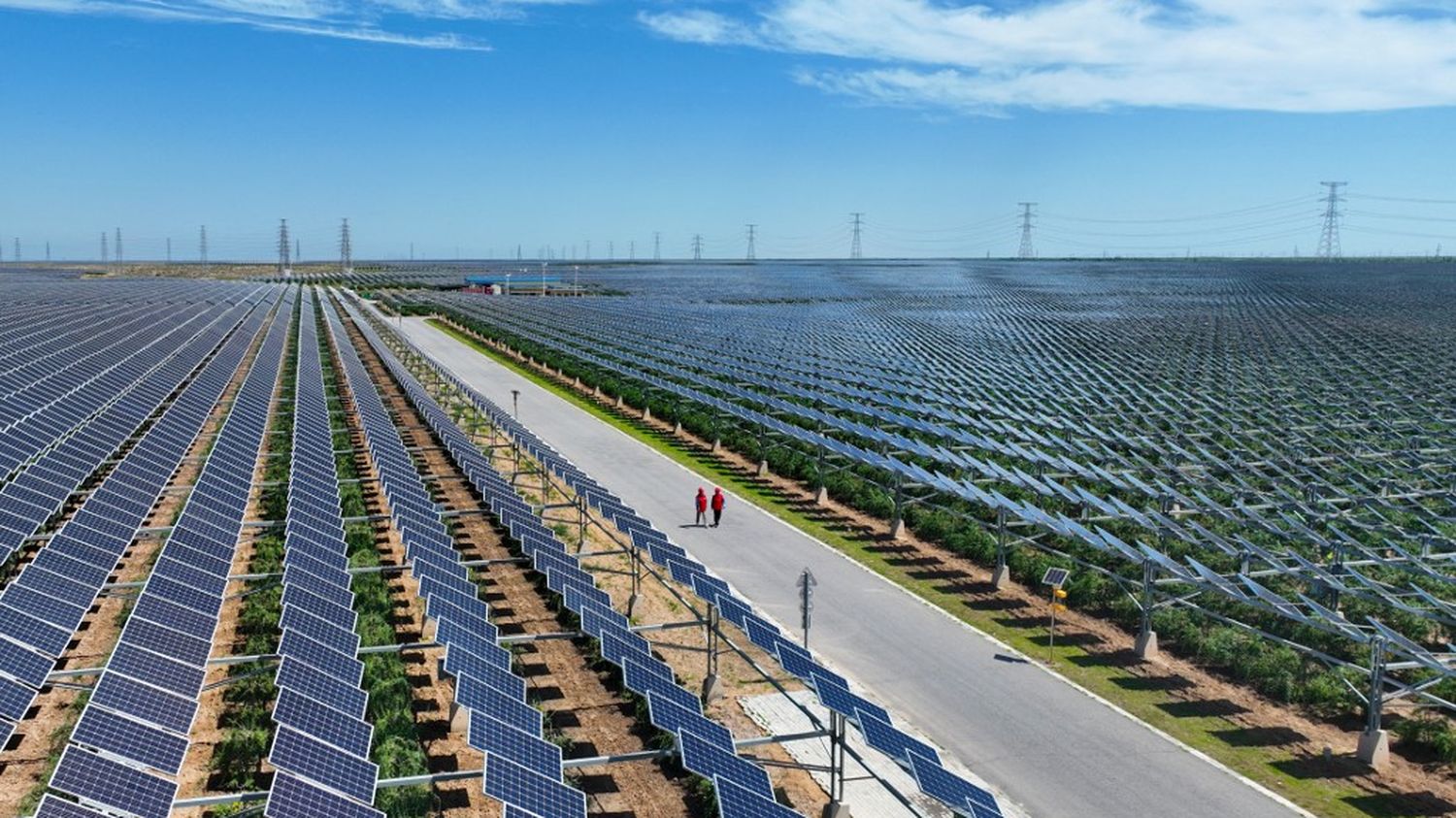For the first time in history, wind and solar combined brought more new energy to the world than any other source, according to an analysis by specialist media Carbon Brief.

Published
Reading time: 2 min

Renewable energies have reached a milestone. In 2023, wind and solar energy together produced the largest share of new energies brought to the global mix, notes the specialized site Carbon Brief after analyzing data from Statistical Review of World Energy, published Thursday June 20, and available on the Energy Institute website.
On a global scale, energy production is increasing year after year. In the gap between 2022 and 2023 (+2%), 40% comes from wind and solar energy combined, just ahead of 39% from oil. The podium is completed by coal (20%). Nuclear covers 4% of this increase, as much as “other renewable energies” (excluding hydroelectric energy).
This is the first time that renewable energies have exceeded oil in this specific share, which is the additional share between 2022 and 2023, details Carbon Brief. In total volume, fossil fuels remain well ahead: they account for 80% of the energy mix (31% for oil, 26% for coal and 23% for gas). In this same overall group, renewable energies represent 8% and nuclear power 4%.
The dynamics of solar and wind power owe mainly to solar power, particularly in China, notes Nicolas Goldberg, energy expert for Colombus Consulting. “A forecast that we have always missed is the deployment of solar”he comments, saying he has “good hope” may this trend continue.
The specialist is reluctant to mention a tipping point in energy production between 2022 and 2023. The main problem lies, according to him, in investments in favor of fossil fuels which continue for various reasons, notably “secure supplies” or “keep prices low for consumers and industries”.
The Paris Agreement signed in 2015 set the goal of maintaining the increase in global average temperature “well below 2°C above pre-industrial levels” and continue efforts “to limit the increase in temperature to 1.5°C above pre-industrial levels”. While the 1.5°C objective is already considered out of reach by some specialists, the 2°C objective may find itself in a bad position, according to Nicolas Goldberg. “If we continue to invest in fossil fuels, we will not succeed”, he warns. For him, a real turning point will occur when investments in this sector cease.
